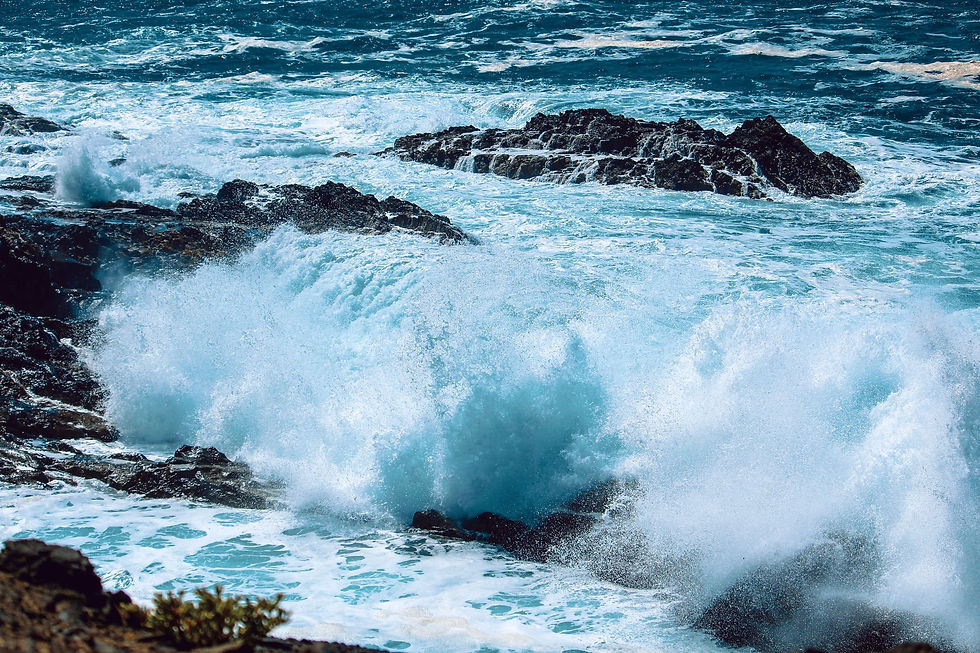SNHS Physics Blog 3: Tides and the Earth
- snhsnorthview
- Dec 17, 2020
- 3 min read
Hellie Chen
Tides are distortions in the shape of one body induced by the gravitational pull of another nearby object. In regards to the tides in Earth’s numerous bodies of water, these nearby objects consist of the moon and the sun, the moon for its close distance and the sun for its large mass.

There are two ranges where high tides are caused, the area right below the moon is called the sublunar position while the area right across from this, on the other side of the earth is called the antipodal position (“anti” for opposite and “pode” for feet, together they mean opposite feet, or referring to the other side of the earth). The moon’s gravitational pull on Earth is an example of a tidal force, and this force is what creates areas where water level is higher than usual.
Tidal force in this case is calculated by the difference between the force of the gravity at one specific point on Earth compared to the moon’s gravitational pull at the center of the Earth. The moon’s gravitational pull differs on Earth’s closest and farthest side by about 7%, but this 7% is enough to create the tidal bulges that result in high tides.
This is because at the center, the gravitational pull is simply the average mean, the antipodal position and sublunar positions are affected by a difference in forces. When the average gravitational pull is subtracted from the (higher) gravitational pull at the sublunar region, there is a positive difference which is the tidal force that creates the tidal bulge.
On the other side of the earth, the average mean subtracted from the (weaker) gravitational pull at the antipodal region results in a negative difference. This negative difference means that instead of the gravitational pull towards the moon, because there is less gravitational pull than at the center, the water rushes towards this antipodal position to create a second tidal bulge. It’s easier to think in the way that because there is less of a gravitational pull, the water is more free to move in that direction.
High and low tides, usually two every 24 hours and 50 minutes (or lunar day), occur when the Earth rotates on its axis and the tidal bulge is ‘transferred’ to another part of the ocean. This is because they are always stationary in relation to the moon, always on the earth’s far and close side, changing as the earth revolves.
Tides are often affected in many ways. When the moon is in its new moon or full moon phase, in line with the sun, there are ‘spring tides,’ where the high tides are extremely high, and the low tides are extremely low. On the other hand, when the moon is perpendicular in relation to the sun, when it is at a half moon phase, gravitational pulls negate each other and there are ‘neap tides,’ where tides are not as strong or as noticeable.
Additionally, the distance Earth is from the sun, the distance of the moon from Earth, the amount of water that can be displaced, the size and length of coasts, wind patterns, and climate also play a role in influencing tides.
These influences can vary from small to large, but any influence does affect life on Earth. From fishing industries to flooding because of high tides (perigee), tides have a large impact on our life on Earth.






Comments